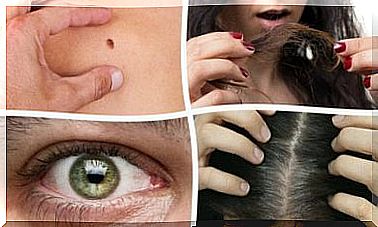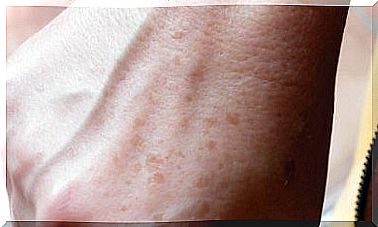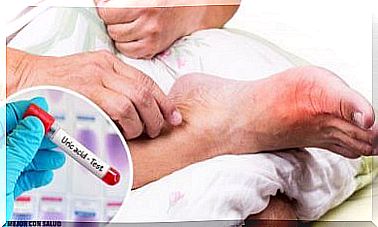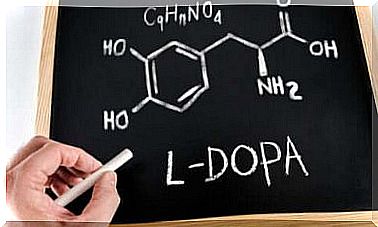Hallopeau’s Disease: What Is It?
Hallopeau’s disease is a very rare disease that mainly affects middle-aged women who smoke or have smoked. There is still no cure for it.
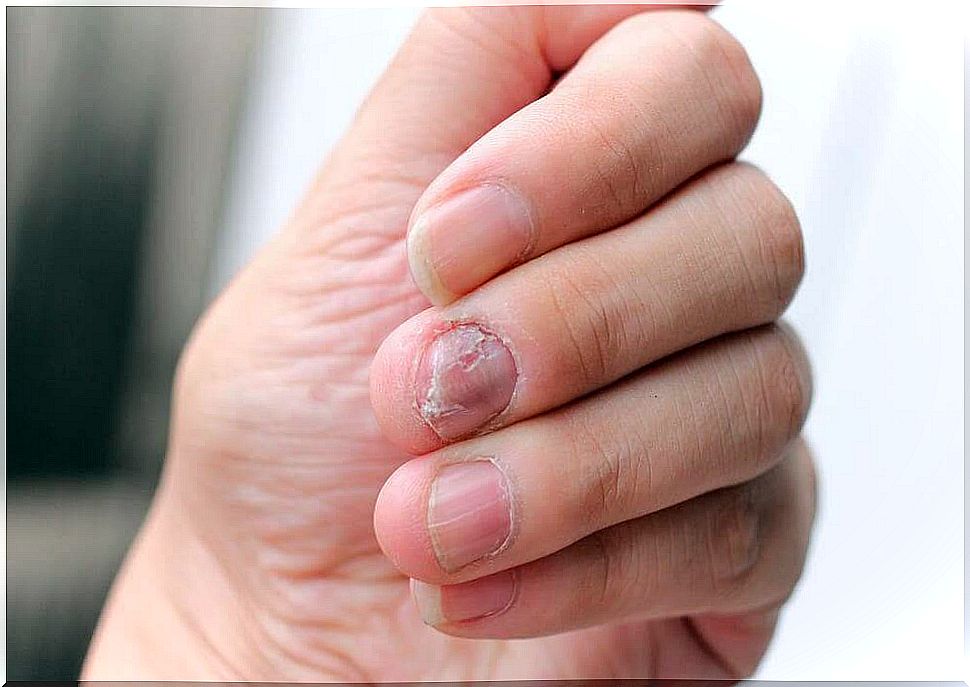
When Crohn Hallopeau, or Hallopeau-Siemens syndrome, refers to a very rare disease, which could, however, be under-diagnosed. There are definitely few diagnosed cases, most of which are middle-aged women.
The name of this syndrome comes from the French doctor François Henri Hallopeau, who made important contributions to dermatology. We owe to him the description of this disease and important knowledge about leprosy, skin tuberculosis, etc.
Hallopeau’s disease was first described by Radcliffe-Crocker in 1888. However, in 1890 Hallopeau recorded more precise details about this disease, which was initially referred to as acrodermatitis supurativa continua.
Hallopeau’s disease: what is it?
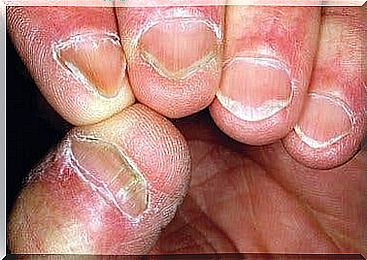
Hallopeau’s disease is a chronic inflammatory disease that affects the fingers and toes. The main symptom of this disease is pustules with sterile pus. In some cases, this disease can also spread to other areas.
If Hallopeau’s disease becomes chronic, injuries occur over a long period of time, which can be debilitating. The main ones are atrophy, onychodystrophy and osteolysis. All of these diseases cause permanent damage.
The most common symptoms
The disease usually begins on the fingertips, very rarely on the toes. At first you can see small pustules that merge and form pus. However, this pus does not contain bacteria and is therefore referred to as sterile.
When the pustules burst, reddened, glassy skin remains. After that, new pustules form. The pustules can also affect the nail fold or the nail bed and lead to nail dystrophy (degenerative changes in the nail).
The injuries vary as the disease progresses. In the acute phases, the pustules sometimes spread to nearby skin areas. In the chronic phase, they can completely destroy the nail matrix, which can lead to the loss of the nail. This is also known as anonychia.
In addition , serious skin atrophy and inflammation of the finger phalanx as well as bone inflammation (osteitis) develop. Over time, this can lead to bone breakdown (osteolysis). In many cases, the joints are affected, and the disease can spread to the forearm or foot.
Hallopeau’s disease: causes and diagnosis
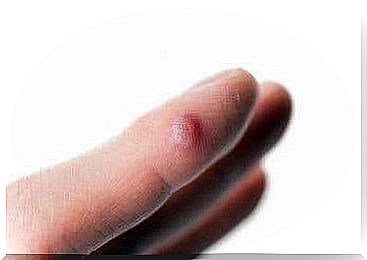
The causes of Hallopeau-Siemens syndrome are still unknown, but there is some agreement that it is a form of localized pustular psoriasis (psoriasis). So we are talking about a serious complication of typical psoriasis.
It is believed that Hallopeau’s disease is an autoimmune disease caused by a disruption of the skin’s own immune system. In most cases, middle-aged women who smoke or who used to smoke get it. Often, infection or trauma is the trigger.
Clinical and histopathological examinations are required for diagnosis. First, the doctor determines whether there is sterile pus in the pustules. This is usually done with a culture in the laboratory, but in some cases a biopsy is required.
The histopathological examination analyzes the characteristics of the pustules in which neutrophils are present. In Hallopeau’s disease there is neither epidermal necrosis nor spongiosis. A moderate lymphohistiocytic infiltrate in the upper part of the dermis with focal edema is normal.
Development and prognosis
Hallopeau’s disease can be very resistant and difficult to manage when the disease becomes chronic. There is now no specific medicine that can cure this disease. The disease is so rare that there are no specific treatment guidelines.
Most of the time, the symptoms are concentrated in the original area for several years. However, they can also spread to neighboring areas. In very rare cases, the disease can spread further and also affect the mucous membranes.
In exceptional cases, spontaneous improvement has been reported. But there are usually several acute episodes for no apparent reason in which increasingly severe skin injuries occur. It is a chronic and very persistent disease.

